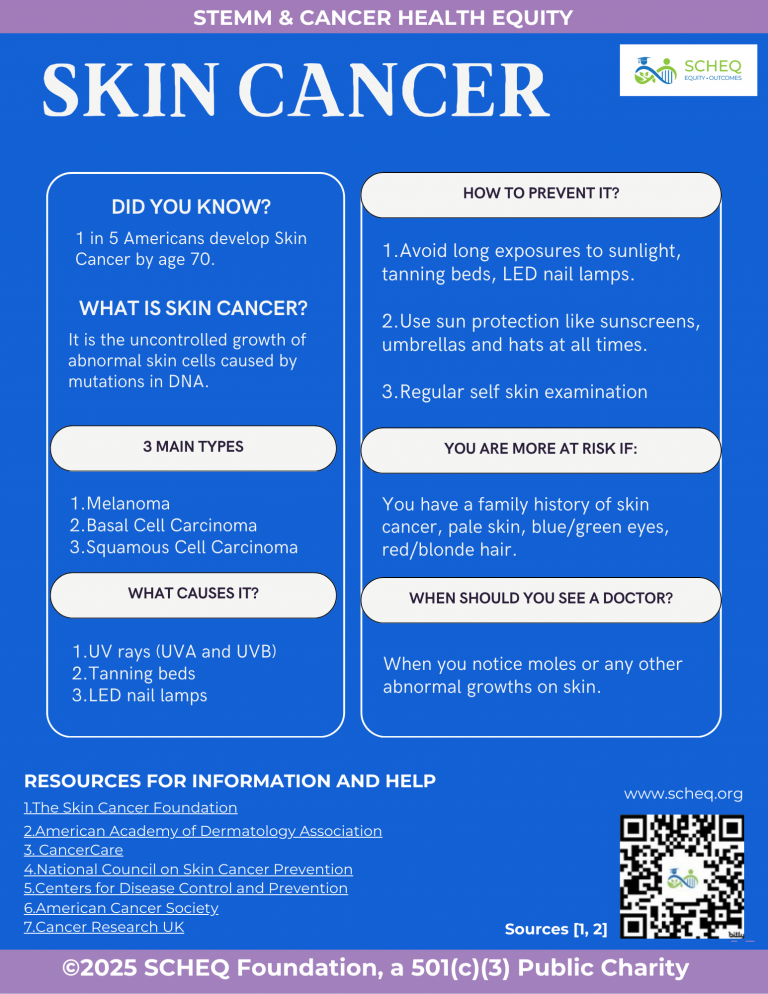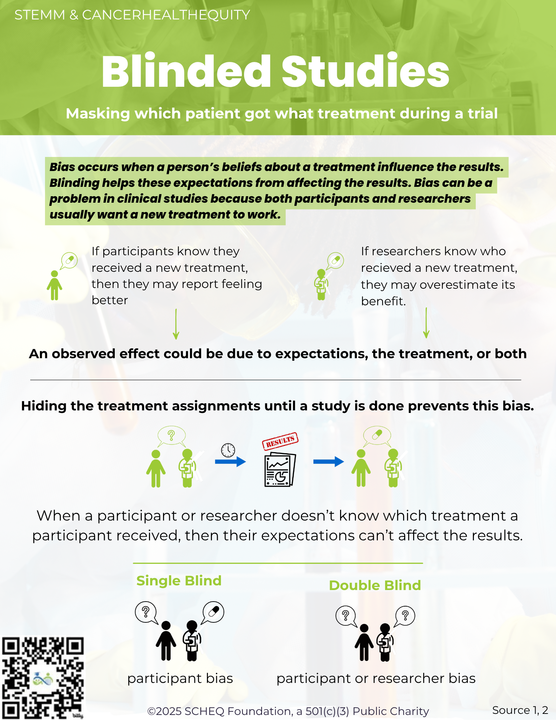Dr. Vivien Theodore Thomas (August 29, 1910 – November 26, 1985) was a surgical technician who developed multiple operations used to treat severe vascular and cardiac injury today. Born in Louisiana in 1910, and grandson of a slave, he attended Tennessee Agricultural and Industrial college as a premed student where he was forced to drop out due to the loss of his savings in the stock market crash. After finding employment as a laboratory assistant at Vanderbilt, he became very skilled in surgical techniques and helped develop the first surgical treatment for baby blue syndrome while designing the instruments necessary to perform the procedures. He joined his mentor at Johns Hopkins in 1941, and first showed the safety of this approach in 200 dogs before overseeing the procedure in the first human in 1944.
Although Dr. Thomas oversaw the whole surgery, he did not receive any credit when the procedure was published in 1945. His skill became more known when he performed an atrial septectomy. He spent the next 31 years supervising the surgical laboratories as the Director of Surgical Research Laboratories and mentoring the students, including Hopkins’ first black cardiac resident. In 1976 Johns Hopkins awarded him with an Honorary Doctor of Laws degree and he was named an Instructor of Surgery. Until the later stages of his career, he was severely underpaid and overcame a lot without a formal college degree. After retirement in 1979, he began working on his autobiography, “Pioneering Research in Surgical Shock and Cardiovascular Surgery: Vivien Thomas and His Work with Alfred Blalock”, which was published three days after his death from pancreatic cancer in 1985.
References:
- https://exhibits.library.jhu.edu/exhibits/show/the-blue-baby-operation/vivien-thomas
- https://medschool.vanderbilt.edu/mstp/person/vivien-t-thomas/
- https://www.msm.edu/Prospective_Students/admissions/PipelinePrograms/VivienThomas/commhealth_trainingprograms_vivien_bio.php
- https://www.umms.org/about/equity-diversity-inclusion/news/holidays/black-history-month/resources/vivien-thomas
Image Source: Public Domain




